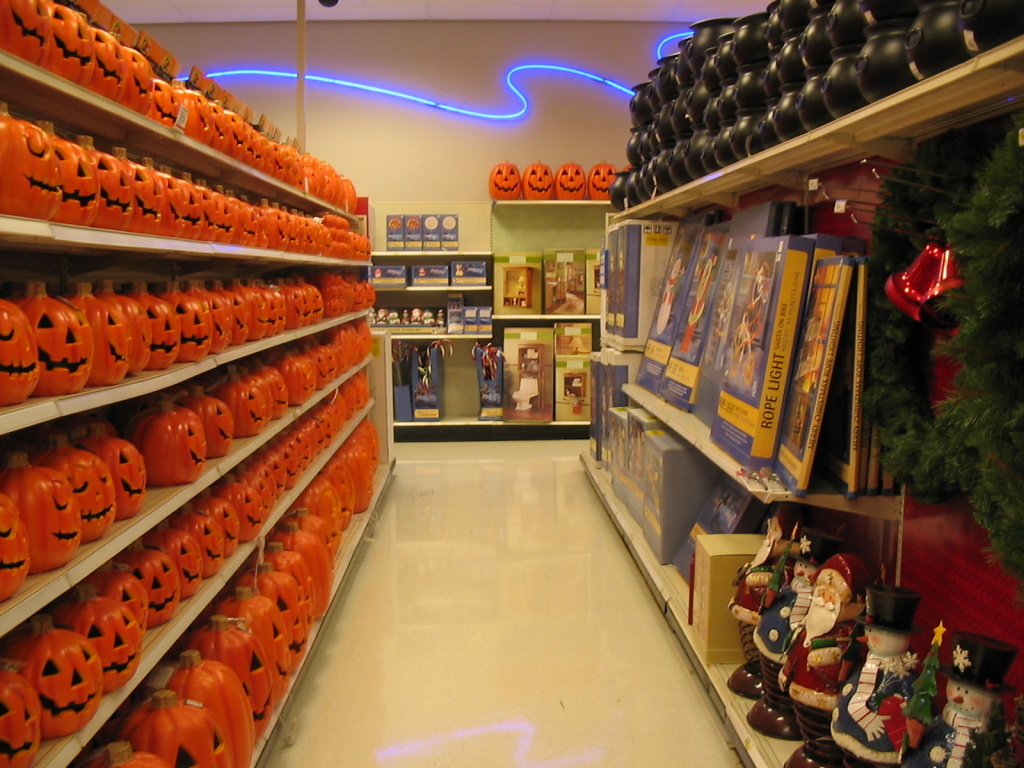By Suzanne Sparrow Watson
By now I’m sure you have read about the supply chain problem that has hit the nation. I’ve heard various excuses for why it is happening, from no workers to unload the cargo ships to a plot by the Chinese to ruin our economy. So once again our trip to Costco looks like a rugby scrum as we dash back to the paper towel and toilet paper aisle. This week several media outlets warned that turkey is in short supply this year. Specifically, small turkeys will be hard to find because, like last year, many people are limiting the size of their Thanksgiving gatherings. Last year, of course, we were in the throes of the COVID pandemic so it was understandable that families might keep the guest list short. But this year? I’m thinking people are limiting the size because, having unburdened themselves from hosting a huge dinner last year, they realize how refreshing it is not to hear drunk Uncle Louis tell his breast and thigh joke again. Regardless of the reason, the good folks who run the turkey companies are advising that we should buy our turkey early this year.
Just how early do they expect us to purchase our turkey? I suppose if you have a good-sized freezer you could buy one this week. According to Good Housekeeping, a turkey can stay in a freezer for up to a year. But if you’re like me and made the mistake of purchasing a side-by-side refrigerator/freezer, we’re lucky to fit in a couple of frozen Cornish game hens. So I thought maybe we could have beef for Thanksgiving, but then I read that meat is also in short supply. Throw in the scant supply of bacon and liquor, and I think we have the recipe for a real national disaster.
Food is not the only thing that’s hard to find this year. Gifts and toys for holiday celebrations are also on the endangered list. The most sensical recommendation I read was to buy early. If we see something we want, buy it, as there is no guarantee it will still be available a month from now. The head of the toy manufacturers group advised parents and grandparents to “plan for alternatives”. That sounds a lot like “disappointment” to me. Large toys are going to be especially hard to find this year because they are more expensive to ship. That includes large Lego sets. Having some experience with young boys who treasure Legos, I suggest you order today or risk being branded as the grandparent who gives pajamas for Christmas.
One pundit on TV suggested that we merge all of the holidays into “Thankshollowistmas“. Well, why not? Just the other day when I entered our local department store the greeter made a point of directing me to the Christmas decorations, which were right next to the jack o’lanterns. Anything related to Thanksgiving was relegated to an end cap at the back of the store. Not enough money in Thanksgiving, I suppose. Maybe it’s a good idea to celebrate early this year. It’s been a tough year by any measure and we could all use a little lift in our spirits. So I say we buy all the beef, liquor, bacon and Legos we can get our hands on. Otherwise the “big surprise” you’ve promised your family might end up being a giant package of toilet paper.













